7 Wonders of Ancient World
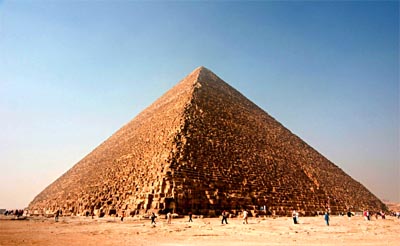
1. Pyramid , Egypt
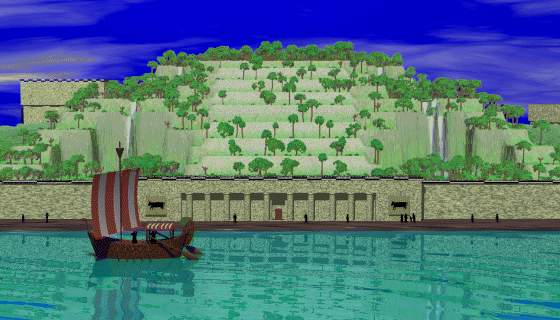
2. Hanging Garden, Babylon
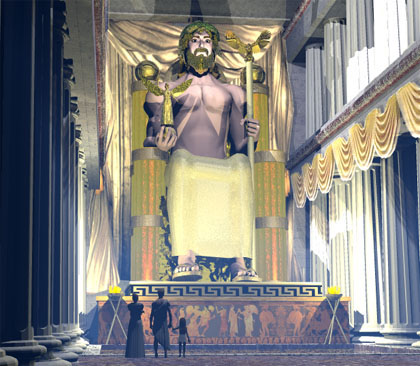
3. The Statue of Zeus, Olympia
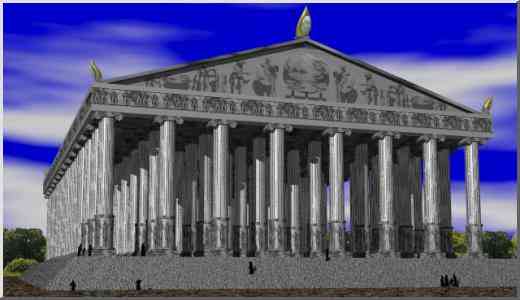
4. Temple of Artemis, Emphesus
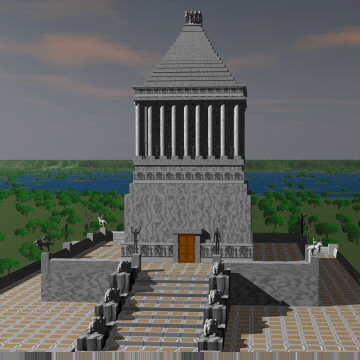
5. The Mausoleum, Harlicarnassus
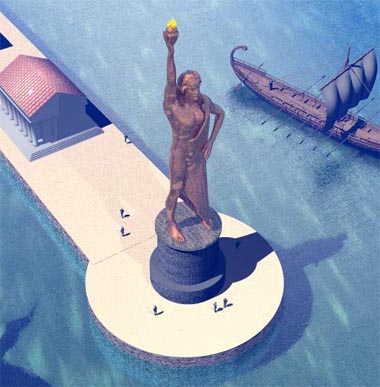
6. The Collossus of Rhodes
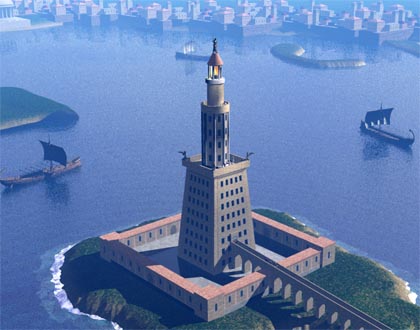
7. The Great Lighthouse, Alexandria



1. Pyramid , Egypt
It's 756 feet long on each side, 450 feet high and is composed of 2,300,000 blocks of stone, each averaging 2 1/2 tons in weight. Despite the makers' limited surveying tools, no side is more than 8 inches different in length than another, and the whole structure is perfectly oriented to the points of the compass. Even today it remains the most massive building on Earth. It is the Great Pyramid of Khufu, at Giza, Egypt.

2. Hanging Garden, Babylon
The city of Babylon, under King Nebuchadnezzar II, must have been a wonder to the ancient traveler's eyes. "In addition to its size," wrote Herodotus, a Greek historian in 450 BC, "Babylon surpasses in splendor any city in the known world."
Herodotus claimed the outer walls were 56 miles in length, 80 feet thick and 320 feet high. Wide enough, he said, to allow two four-horse chariots to pass each other. The city also had inner walls which were "not so thick as the first, but hardly less strong." Inside these double walls were fortresses and temples containing immense statues of solid gold. Rising above the city was the famous Tower of Babel, a temple to the god Marduk, that seemed to reach to the heavens.

3. The Statue of Zeus, Olympia
In ancient times one of the Greeks most mportant festivals, the Olympic Games, was held every four years in honor of the King of their gods, Zeus. Like our modern Olympics, athletes traveled from distant lands, including Asia Minor, Syria, Egypt and Sicily, to compete. The Olympics were first started in 776 B.C. and held at a shrine to Zeus located on the western coast of Greece in a region called Peloponnesus. The games helped to unify the Greek city-states and a sacred truce was declared. Safe passage was given to all traveling to the site, called Olympia, for the season of the games.

4. Temple of Artemis, Emphesus
The first shrine to the Goddess Artemis was probably built around 800 B.C. on a marshy strip near the river at Ephesus. The Ephesus goddess Artemis, sometimes called Diana, is not quite the same figure as was worshiped in Greece. The Greek Artemis was the goddess of the hunt. The Ephesus Artemis was a goddess of fertility and was often pictured as draped with eggs or multiple breasts, symbols of fertility, from her waist to her shoulders.

5. The Mausoleum, Harlicarnassus
In 377 B.C., the city of Halicarnassus was the capitol of a small kingdom along the Mediterranean coast of Asia Minor. It was in that year the ruler of this land, Hecatomnus of Mylasa, died and left control of the kingdom to his son, Mausolus. Hecatomnus, a local satrap to the Persians, had been ambitious and had taken control of several of the neighboring cities and districts. Then Mausolus during his reign extended the territory even further so that it eventually included most of southwestern Asia Minor.
Mausolus, with his queen Artemisia, ruled over Halicarnassus and the surrounding territory for 24 years. Though he was descended from the local people, Mausolus spoke Greek and admired the Greek way of life and government. He founded many cities of Greek design along the coast and encouraged Greek democratic traditions.

6. The Collossus of Rhodes
Travelers to the New York City harbor see a marvelous sight. Standing on a small island in the harbor is an immense statue of a robed woman, holding a book and lifting a torch to the sky. The statue measures almost one-hundred and twenty feet from foot to crown. It is sometimes referred to as the "Modern Colossus," but more often called the Statue of Liberty.
This awe-inspiring statue was a gift from France to America and is easily recognized by people around the world. What many visitors to this shrine to freedom don't know is that the statue, the "Modern Colossus," is the echo of another statue, the original colossus, that stood over two thousand years ago at the entrance to another busy harbor on the Island of Rhodes. Like the Statue of Liberty, this colossus was also built as a celebration of freedom.

7. The Great Lighthouse, Alexandria
In the fall of 1994 a team of archaeological divers donned scuba equipment and entered the waters off of Alexandria, Egypt. Working beneath the surface, they searched the bottom of the sea for artifacts. Large underwater blocks of stone and remnants of sculpture were marked with floating masts so that an electronic distance measurement station on shore could obtain their exact positions. Global positioning satellites were then used to further fix the locations. The information was then fed into computers to create a detailed database of the sea floor.
Ironically, these scientists were using some of the most high-tech devices available at the end of the 20th century to try and sort out the ruins of one of the most advanced technological achievements of the 3rd century, B.C.


BabyNurul Ain





No comments:
Post a Comment